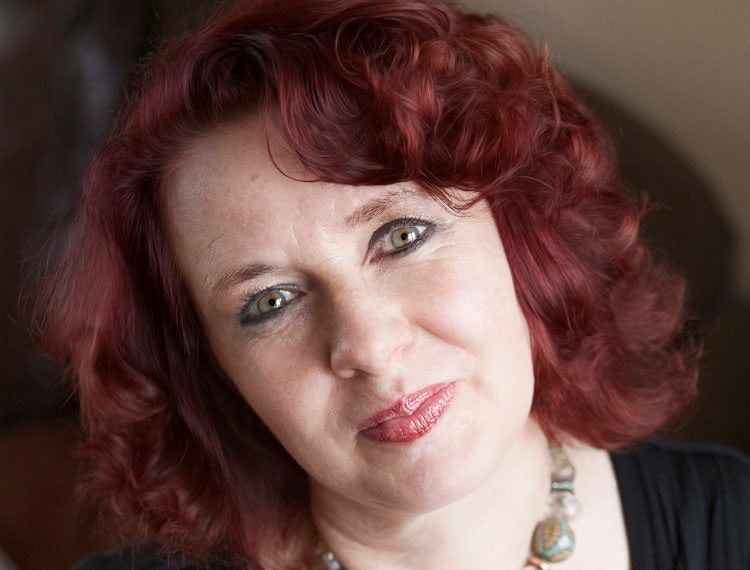What is Effective CPD?

Research on CPD demonstrates that many teachers and trainers do not participate in professional development activities and the most common reasons given are conflicts in work schedules and an absence of incentives for participation.
Add to this a marked decline in investment by schools supported by figures compiled by the Teacher Development Trust earlier this year found that across the whole education sector, schools spend an average of just 0.7 per cent of their income on developing their teaching workforce.
This unfortunately all contributes to the promotion of an increasing trend towards “do-it-yourself” CPD where the most ambitious and self-motivated teachers and educators benefit the most, as will those who are able to spend weekends and their own money on their professional development.
So in a climate where time and money are declining, it is vital and all the more important that CPD is effective and that any time devoted to professional development is well planned, adequately resourced and meaningful.
Which leads us to ask so what is truly effective CPD? And how do we all achieve professional development that not only informs and keeps us up to date but also makes the best use of the limited time and resources we have to invest in ourselves?
But this really shouldn’t be too hard as it’s clear that when best practice approaches towards CPD are used it will have a more demonstrable effect on individuals and can start to truly enhance performance. Moreover, the link between a planned approach towards CPD with good reflective practice and embedding of learning can have a proven impact on performance and in turn have a major effect on student outcomes.
At the Staffroom we are extremely interested in analysing the real impact of effective CPD and have developed a best practice cycle towards continuous professional development and the encouragement the development of good habits. This translates to not only recognising when learning is taking place but also that everything we read, do and study is reflected upon so that it all starts to count towards our CPD.
The Staffroom Best Practice approach towards CPD is easy to learn and implement and with practice soon becomes second nature making certain that all activities are planned, evaluated and reflected upon. Once these good habits have been learnt and used they can have a real impact not only on performance but helps to guide us towards planning relevant professional development goals and analysing the impact on our performance and student outcomes.
5 Easy Steps towards better CPD:
- Reflection and self-assessment – the starting point for all CPD activity should be a bench-marking exercise to find out exactly where you are in your current role and examines your professional development needs. Self-assessment can be based on variety of different tools and should be focused on your current role and aim to examine your professional development needs covering areas such as compliance, rules and regulations, knowledge and skills that may need improvement.
- Planning – determining the most efficient use of time and resource to meet development needs and making sure that any time you plan to spend on professional development takes you forwards and doesn’t waste your time.
- Action – ensuring that all activities count towards your CPD goals, that these goals don’t get diverted by other agendas and that these are properly recorded
- Evaluation – checklist your activities to ensure that they really meet your development needs and if they’ve met your original goals
- Reflection – taking time to reflect on the learning and then working out how that learning will be used and where it will take you next.
All too often teachers and other educators tell me that they don’t have time for their own CPD. Or they think that it’s their employers’ responsibility to guide their professional development and keep them up to date and fully compliant with new policies and regulations.
However, the reality is that CPD is not something that can be delegated and we all need to take personal responsibility for our own performance and self-improvement.
Last year the Department for Education published a new standard for teachers’ professional development for all schools in England. The standard describes five good key concepts:
Professional development should:
- Have a focus on improving and evaluating pupil outcomes.
- Be underpinned by robust evidence and expertise.
- Include collaboration and expert challenge.
- Be sustained over time.
- Must be prioritised by school leadership.
Based on these goals it’s clear that for continuing professional development to be really effective it’s important that these goals are integrated into any schools or education institutions performance improvement plans. Then steered by education leaders in order to embed a better culture towards professional development for all.
Jane Hyde-Walsh, Founder and Director of the Staffroom is passionate about developing tools and approaches to improve quality and performance throughout the education sector.
About the Staffroom: Dedicated to supporting members with their continuous professional development. They provide useful self-assessment tools, a large library of articles and resources covering all aspects of the education sector plus other services including a bookshop, recommended CPD events and an insurance offer. Use articles and resources to earn points towards your CPD.
If you want to see how effective your approach is towards your CPD please take the CPD Challenge and see how quickly you could improve. You can then start to take the first steps towards improving your approach towards your professional development and developing the good habits towards effective CPD that will help you to improve your performance and further your career.












Responses